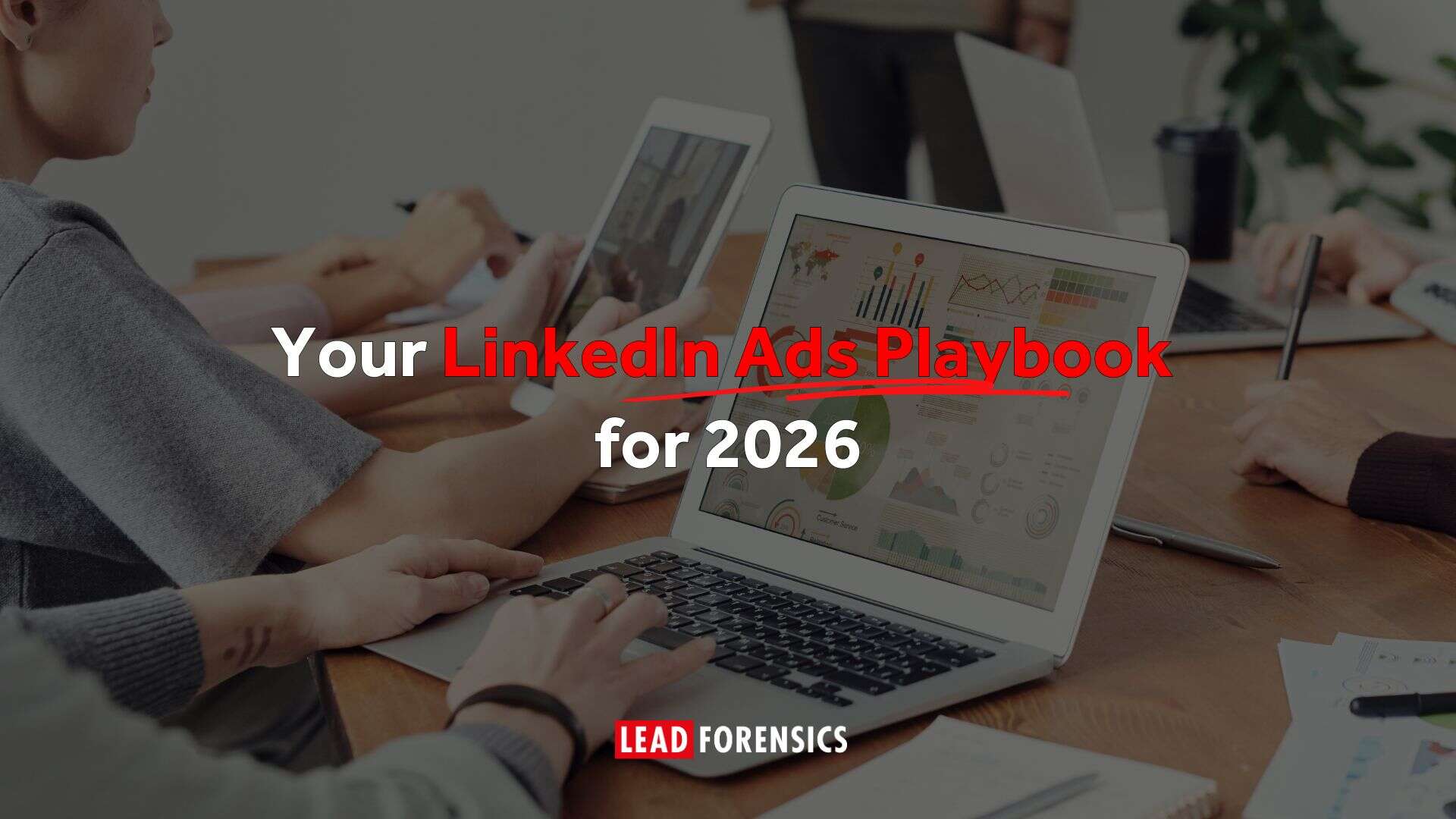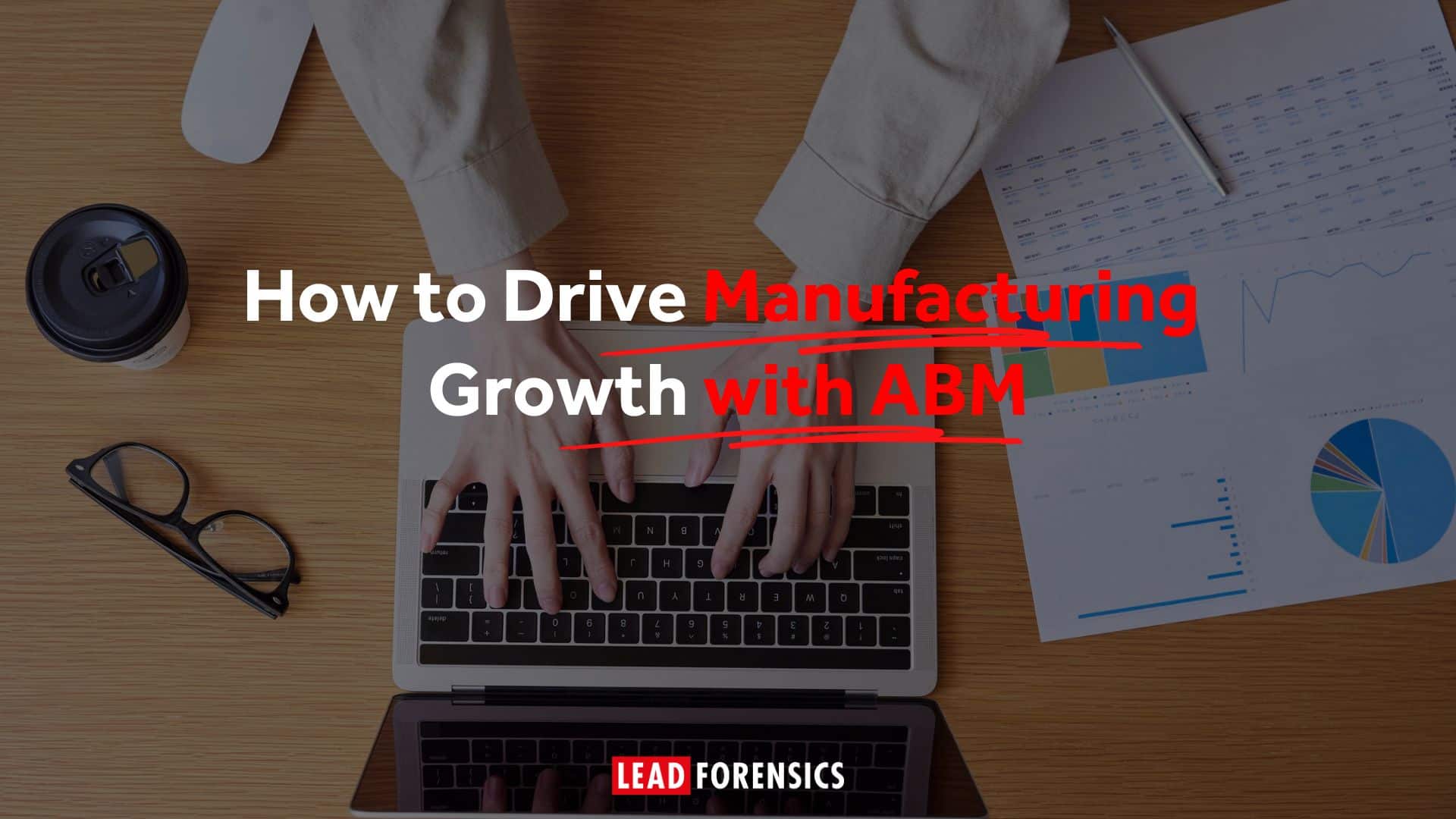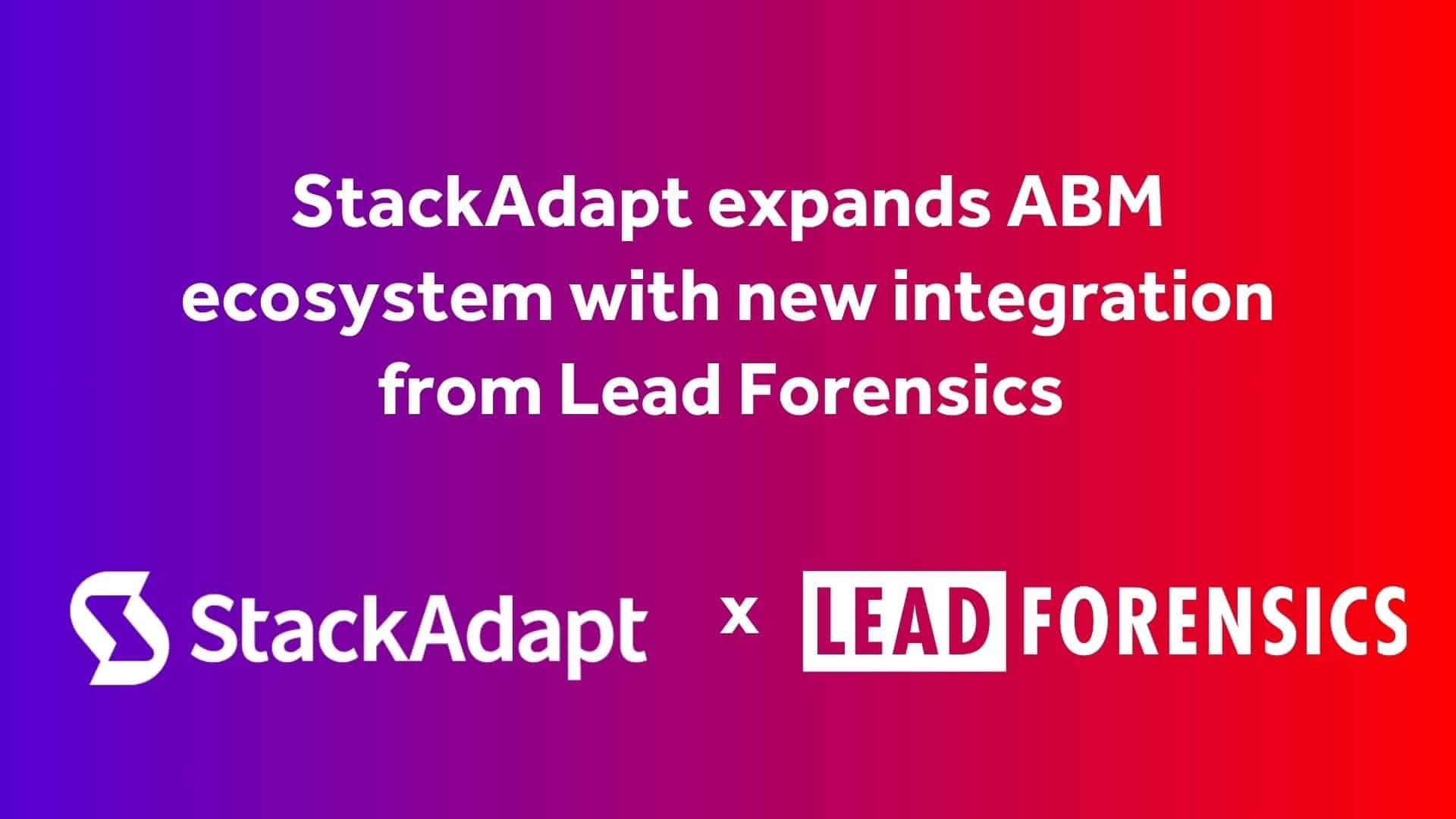1. Use Intent Data to Identify Anonymous Website Visitors
Your website is likely your most valuable digital asset, but most B2B companies only capture a fraction of its potential. The vast majority of visitors remain anonymous, leaving no trace beyond bounce rates and vague traffic stats.
But if you can use visitor identification software, you can uncover which companies are visiting your site, even if they never fill out a form. You’ll be able to see exactly which pages they viewed, how long they stayed, and which parts of your solution caught their attention.
This intelligence helps you generate leads that you can pass on to your sales team. When the prioritize reaching out to them with warm calling, they’ll close at much higher rates than if they focused solely on cold calling.
Why it works: You prioritize the leads that are already in research mode, shortening sales cycles and boosting conversion rates.
2. Create Content for Every Stage of the Buying Journey
Content isn’t just for brand awareness; it’s a critical component of your sales funnel. Today’s B2B buyers are self-educating through blogs, webinars, whitepapers, and videos long before they speak to a sales rep. So, if you don’t have content aligned to every stage of their journey, you’re missing the chance to influence and qualify them early.
If you want to embrace and understand lead generation, you should start with awareness content that address industry pain points or common questions. Once this is covered, you can then move to consideration-stage assets like comparison guides or case studies that showcase your value. For the decision stage, offer ROI calculators or free trials to help push them across the finish line.
The goal of this lead generation strategy is to meet prospects where they are with the information they need to move forward, and encourage them to join your pipeline. Use strong CTAs, internal linking, and lead capture forms to guide buyers from content to conversion.
Why it works: Educated prospects convert faster and need less hand-holding from your team.
3. Optimize On-Page SEO to Capture Search Intent
Your best leads are often those actively searching for a solution, so you need to make sure your website is consistently returned as a search result for them.
Whether you’re trying to dominate the search results pages in Google or get cited more often in ChatGPT, search engine optimization (SEO) is the strategy that will help you.
It all starts with keywords and making sure your page titles, meta descriptions, URLs, headers, and internal links are all optimized to signal relevance and quality to search engines.
But great SEO is more than just keywords; it’s about delivering a seamless user experience. That means fast page load times, mobile responsiveness, and content that answers the user’s query clearly and thoroughly. The better your on-page experience, the longer visitors stay, the more they engage, and the more likely they are to convert and turn this into a successful online lead generation strategy.
Why it works: Strong SEO gets your solution in front of prospects when they’re actively searching.
4. Leverage Referral Marketing with Happy Customers
Your happiest customers are often your most underutilized lead generation asset. B2B buyers trust peer recommendations more than any marketing message, and referrals have a much higher conversion rate than traditional channels. Yet most companies fail to ask for them consistently.
Start by identifying your most satisfied clients. Who has seen successful outcomes, left positive feedback, or given you high NPS scores? Reach out with a simple, non-pushy ask if they know anyone who might benefit from your solution. Consider offering incentives or launching a formal referral program to reward advocacy.
Another strategy that will help generate leads is to ask your customers to share their experience on your review platforms. These are golden opportunities to expand your network with zero cold outreach.
Why it works: It builds trust instantly and brings in leads that are more likely to buy.
5. Be Active in Online Communities
Today’s B2B buyers don’t just rely on sales reps or marketing materials, they turn to their peers in digital communities. Whether it’s LinkedIn groups, Slack channels, or industry-specific forums, online communities are where conversations and recommendations happen in real time. By joining these spaces and contributing meaningfully, you establish your brand and team as trusted resources.
With this type of lead generation strategy, it’s important you don’t just promote your product. When you engage with communities, you need to answer questions, offer insights, and help solve real problems. You can share useful content from your blog, but only when it adds genuine value. Over time, this builds authority, grows brand awareness, and generates warm leads from people who already trust your perspective.
This approach requires consistency and authenticity. You must avoid the temptation to pitch immediately and instead, let your expertise and helpfulness do the selling. The credibility you build can translate into long-term relationships and referral opportunities.
Why it works: You build credibility by adding value, not pitching, and earn attention organically.
6. Implement Automated Lead Nurturing Workflows
Not every lead is ready to buy the moment they land on your site, but that’s where lead nurturing comes in. By setting up automated email workflows, you can guide prospects through the buying journey with helpful content, timely check-ins, and product education, all without overwhelming your team.
This lead generation strategy works best when you can use behavior-based triggers to personalize the journey. Did they download a case study? If so, why not send them a related success story. Did they view your pricing page? You can follow up with a testimonial or product comparison.
These micro-engagements build familiarity and trust, moving prospects closer to a decision without requiring manual follow-ups at every step.
You can make this a seamless process with marketing automation platforms like HubSpot or Marketo, which will also allow you to track engagement, refine your sequences, and let your data drive your next move.
Why it works: Consistent, personalized touchpoints keep you top of mind and guide buyers forward.
7. Use Lead Scoring and Qualification to Prioritize Outreach
All leads are not created equal, and your team shouldn’t treat them like they are. Lead scoring helps identify which prospects are most likely to convert based on firmographics, like industry or company size, and behavioral signals, like site visits, email opens, or webinar attendance.
If you try this lead gen strategy, consider assigning scores based on a mix of demographic fit and engagement level. For example, a VP at a target account who downloaded a pricing sheet should get a high score. Conversely, a junior employee who clicked a blog post once probably warrants lower priority.
With this system in place, your reps can spend more time on the opportunities that matter and avoid wasting time on leads that aren’t ready.
But to make this strategy truly effective, it’s helpful to align scoring with sales and marketing teams. Ensure everyone agrees on what defines a sales-ready lead, and automate routing so qualified prospects go straight to the right rep.
Why it works: The sales team can focus on the most promising opportunities, boosting efficiency and close rates.
8. Run Value-Led Social Campaigns
Social media is often underutilized in B2B lead generation, but when used correctly, it can be one of your most powerful lead generation strategies. The key is to shift from self-promotion to value creation.
That means that instead of just pushing product updates or company news, you should share insights that educate, challenge, or solve real problems for your audience.
Think about the type of content your target audience finds useful: industry trends, expert perspectives, or actionable frameworks. Share these in short, digestible posts, or highlight customer success stories and use data to back up your claims. Don’t forget to add strong visuals to capture attention. But most importantly, be consistent and authentic in your tone.
When done right, value-led social campaigns build thought leadership and nurture trust. Your brand becomes a go-to resource, and over time, your audience begins to seek you out—not just as a vendor, but as a partner.
Why it works: B2B buyers value authenticity and are more likely to engage with helpful, human content.
9. Highlight Benefits, Not Features
When you’re deep into your product, it’s tempting to highlight every feature, from technical specs to UX enhancements. But your buyers care about one thing: results. What can your product do for them? How will it solve their problems, save them time, reduce risk, or increase revenue?
Benefit-driven messaging is a lead generation strategy that can make all the difference. Instead of saying, “We offer advanced analytics,” say, “Our platform gives you real-time visibility into deal velocity so you can forecast more accurately.” Focus on outcomes your buyers want, and tie those outcomes directly to your solution.
Your messaging should resonate with the specific pain points of your audience. It helps if you speak their language and reference scenarios they experience daily. When prospects see that you understand their world, and can deliver measurable value, they’ll be far more likely to engage and become a lead.
Why it works: Benefits speak to decision-makers and help differentiate your offer.
10. Launch Live Chat to Capture In-the-Moment Interest
Live chat isn’t just a customer support tool; it’s a powerful lead generation strategy. When prospects visit your site and have questions, they don’t want to wait for a follow-up email; they want answers now. With live chat, you can capture interest in the moment, qualify the lead, and even book meetings directly.
You can implement chatbots to handle FAQs, or use routing logic to direct qualified prospects to live reps. To make this lead gen strategy even more successful, you can use custom greetings based on the page visited (e.g., a demo invite on your pricing page). And make sure your chat is integrated with your CRM, so lead data flows seamlessly to your sales team.
Live chat can significantly reduce friction, improve buyer experience, and increase the likelihood of progressing a lead to the next stage. But keep in mind that the faster your response, the higher the chance of conversion.
Why it works: Speeds up engagement and increases conversion chances by reducing friction.
11. Tap Into the Power of Video
Video content continues to rise in B2B for one simple reason: it’s one of the lead generation strategies that really works. Whether it’s a quick product explainer, a customer testimonial, or a personalized video message from a rep, video helps bring your solution to life and build a stronger emotional connection with your audience.
It can help to use video throughout the buyer journey. For example, top-of-funnel videos can introduce your brand or share industry insights, while mid-funnel videos can showcase use cases or demos. You can use videos on bottom-of-funnel content to reinforce value or address objections. And you can embed video in email outreach to boost response rates, or include it on landing pages to improve conversions.
If you’re tempted to try this lead gen strategy, don’t worry about producing Hollywood-level content. Authenticity often trumps polish, so focus on clarity, relevance, and solving real problems, and your videos will work harder than most sales decks.
Why it works: Video builds trust, explains value quickly, and increases engagement across channels.
12. Automate Lead Capture and Handoff to Sales
Generating leads is only half the battle; the other half is ensuring they’re followed up quickly and efficiently. Because speed-to-lead matters and the faster you act on an inbound signal, the more likely you are to convert.
That’s where automation comes in. By integrating your forms, chat tools, and website analytics with your CRM, you can instantly capture lead details and assign them to the right rep based on predefined criteria.
You can also use automation to enrich lead profiles, trigger personalized welcome emails, and alert sales reps the moment a hot lead enters the funnel. Plus, you can set up scoring rules to determine sales-readiness and route accordingly.
By embracing marketing automation as a lead generation strategy, you’ll make sure you never miss a high-intent lead—and that your sales process runs like a well-oiled machine.
Why it works: Reduces lead leakage, accelerates speed-to-lead, and eliminates manual tasks.
Don’t Miss Your Anonymous Website Leads
Lead Forensics helps uncover your anonymous B2B website visitors so you can see which companies are interested before they complete a form and officially enter your pipeline. Want to see it in action? Start your free trial today and discover how Lead Forensics can turn anonymous traffic into your most valuable B2B leads.







